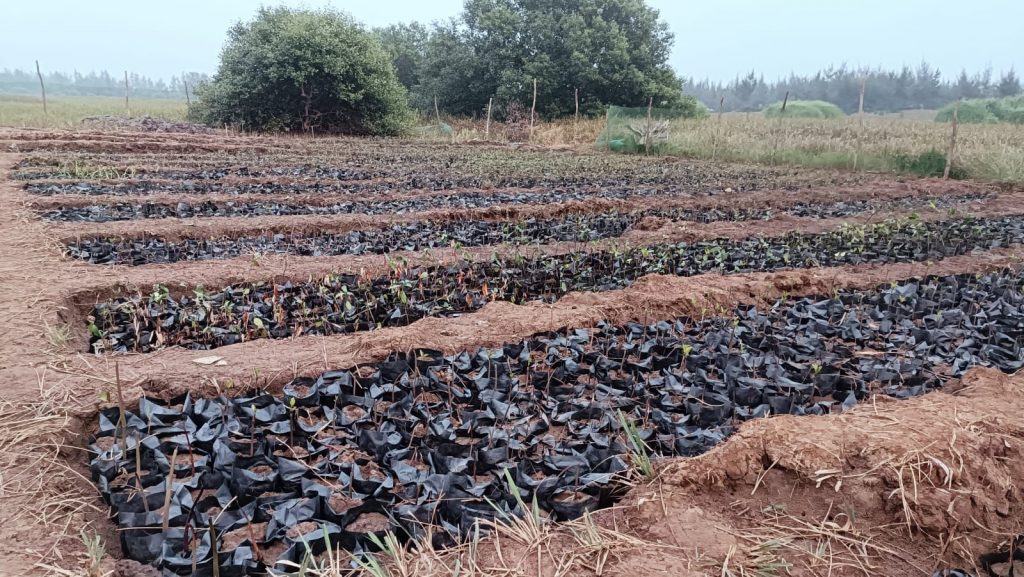Berhampur: With coastal erosion and natural calamities such as cyclones taking alarming proportions due to climate change, the Ganjam district administration has planned to take up mangrove plantations along the coast to combat this situation.
The southern district has faced several natural calamities in the past. The Super Cyclone of 1999 was the worst of them which brought severe devastation to the coastal districts of the state, especially Ganjam.
While the wind speed was over 200 km per hour, the district received heavy rainfall of 194.72 mm for two days, October 16 and 17, before the cyclone made landfall October 29. The district further received heavy rainfall of 145.84 mm October 29 and 30 which destroyed the crops, houses and properties of the residents. As many as 176 people died and 402 persons were injured in this calamity. The district had pegged the loss at Rs 1,066.59 crore and presented it before the state government which provided compensation for the loss. Later, the cyclonic storm Phailin in 2013 also proved disastrous for Ganjam district as over, 90,000 houses and 50 per cent of the farmlands were destroyed. The state government took a series of steps to compensate the district. However, the worst affected were the people living near the coastline. The scar left behind by Phailin is yet to be erased from the minds of the residents. The cyclonic storms Titli, Hudhud and Fani, which occurred later, did not have any serious impact on the district.
The district administration promptly evacuated the residents living near the sea and shifted them to safety as per the order of the state government. However, climate change has brought in a new threat for the district in the form of coastal erosion. Erosion of the coast at Podampeta in Ganjam block and at Sunapur in Chikiti block has posed a serious challenge for the district administration. The coastal erosion has wreaked havoc at the seaside Podampeta village where rising tidal waves have washed away several houses of the fishing community. The district administration has rehabilitated the residents of Podampeta under Odisha Disaster Recovery Project (ODRP) but is yet to find any solution to protect the coast from erosion. As the threat of coastal erosion looms large on the district, the Berhampur Forest Department has come up with the idea of planting mangroves to combat coastal erosion under the Enhancing Climate Resilience of India’s Coastal Communities (ECRICC) project.
Observers claimed that if the project becomes successful, then it will prove to be a boon for the district. Meanwhile, the Forest Department has planted 15,000 mangrove saplings on six hectares of land at the Purunabandha and Gokharkuda area under Khallikote forest range. The district will take up further plantation if this project becomes successful. Here, the canal embankment is being made in fishbone style, work on which has started from this month. The single bonny saplings are growing well among the six varieties of mangrove saplings which can grow well in clay and sand mixed soil. The single-bonny saplings can resist up to 40 PP, said Ranjan Kumar Bhoi, the district coordinator of ECRICC. He said the saline water ingress to the area is more while fresh water is available during the rainy season.
As a result, mangrove forests can grow well in this area, he said. The saplings will be brought from Balasore and Kendrapara. A 10-member team has undergone training on mangrove plantations in Kendrapara. A technical team from Rajnagar in Kendrapara also visited the area and took stock of the coastline and the mangrove plantation. The climate of the district is conducive for mangroves and further plantation will be taken up at Sunapur and Bahuda seamouth if the project at Podampeta and Gokharkuda proves successful, they said.
